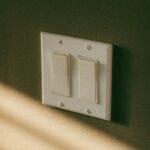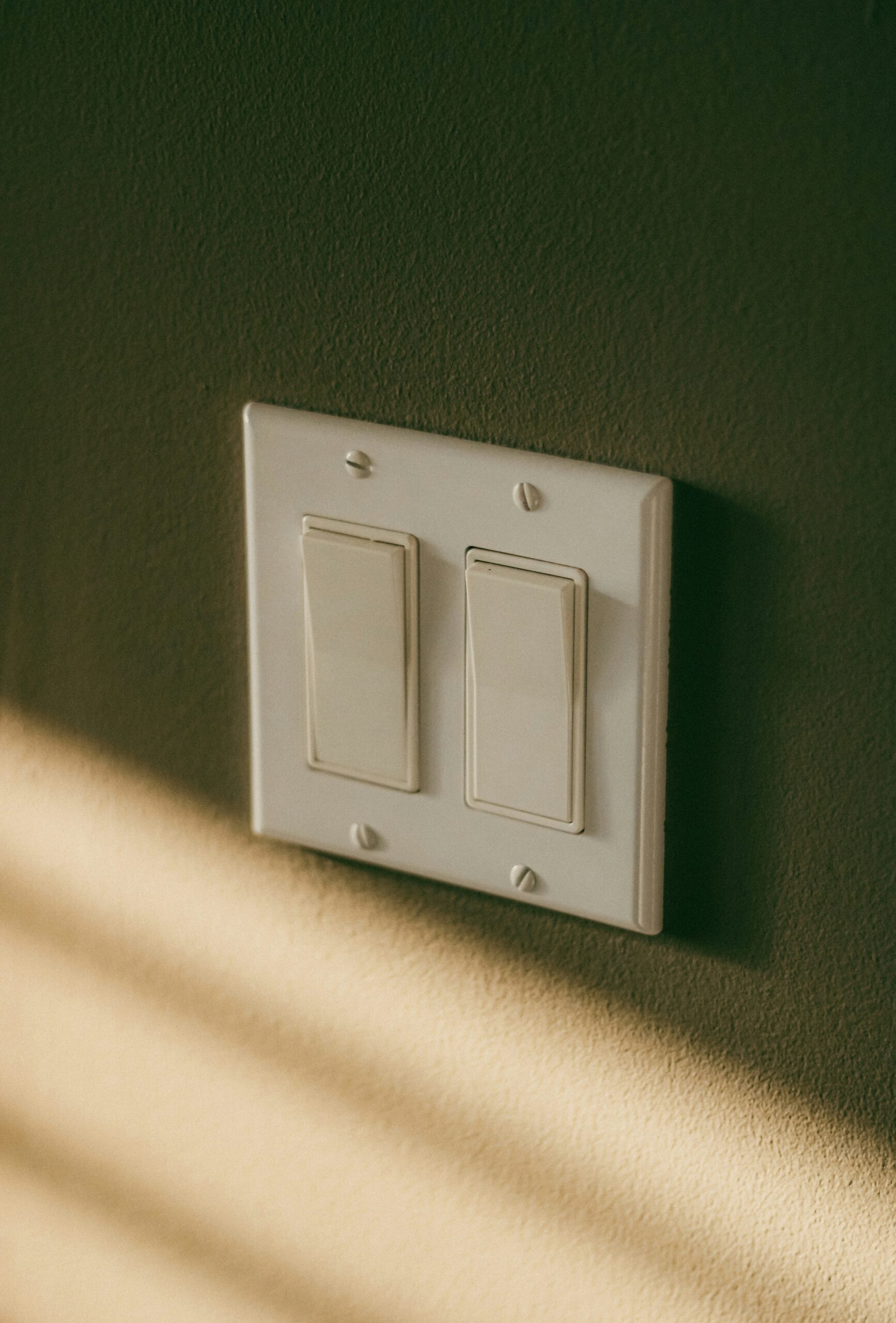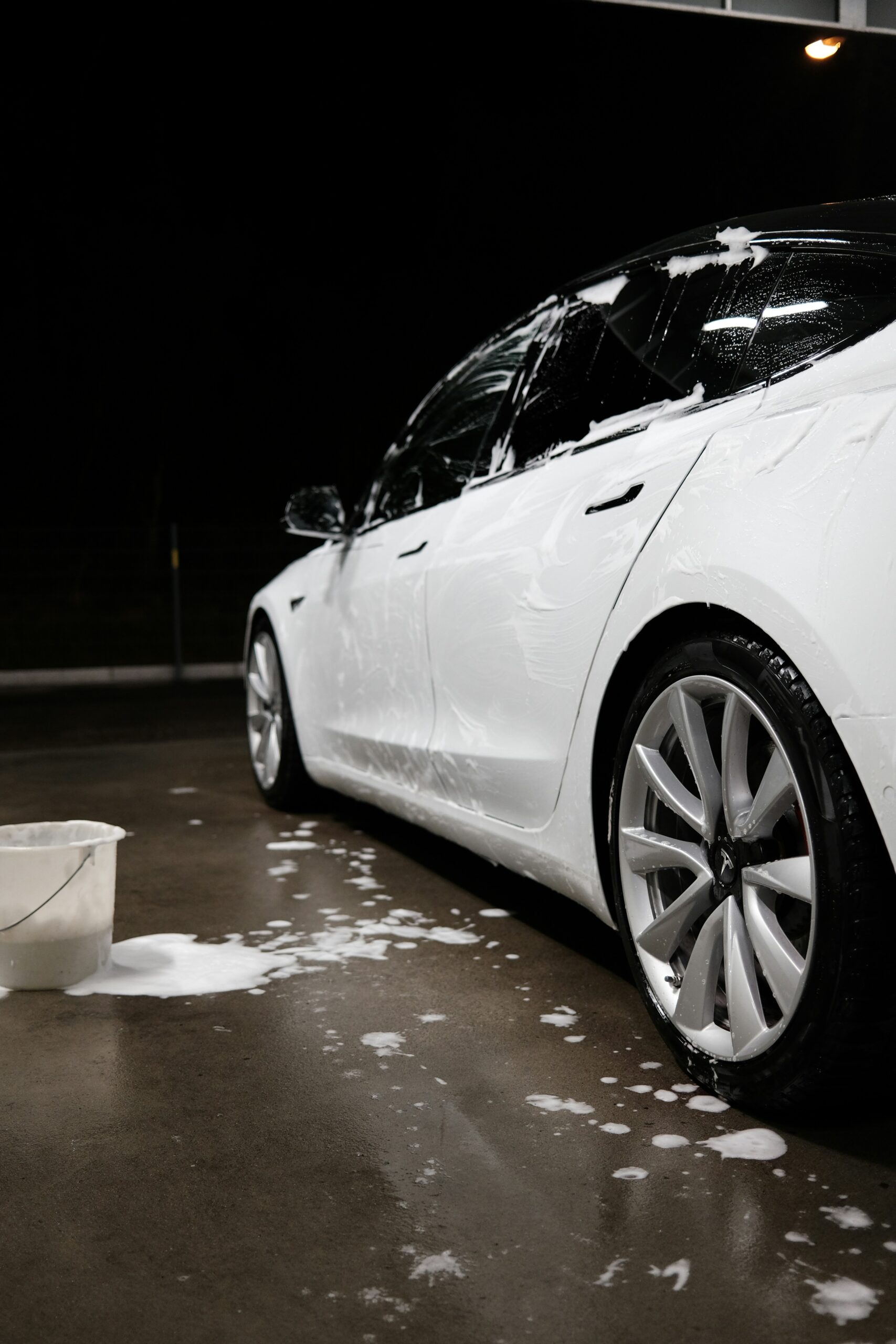Introduction
An Electrical diagram 3 way switch shows how two switches can control one light fixture from separate locations. This setup is ideal for staircases, hallways, or large rooms. In this comprehensive guide, you’ll learn how a 3‑way switch works, how to read its wiring diagram, step-by-step installation tips, and safety considerations.
What Is a 3‑Way Switch?
A 3‑way switch allows you to turn a light on or off from two different locations, using two interconnected switches called SPDT (Single Pole Double Throw) switches. Each switch has three terminal screws—one common and two travelers—plus a ground terminal. Therefore, you can operate the same light from either switch.
Understanding the Electrical Diagram
An electrical diagram 3 way switch shows:
-
The power (hot) feed entering the common terminal of the first switch.
-
Two traveler wires connecting the traveler terminals on both switches.
-
The load (fixture) connected to the common terminal of the second switch.
-
The neutral bypassing switches and going directly to the fixture.
-
All switches grounded to a bare or green wire.
Because these diagrams focus on wiring paths rather than physical layout, they help electricians visualize and troubleshoot circuits effectively.
Step‑by‑Step Wiring Process
Identify Switch Terminals
First, locate the common terminal (typically darker colored screw) and the two traveler terminals (lighter colored screws). Label the common terminal before removing wires.
Run Power & Load Wires
-
Option A (Power to switch box): Power enters first switch common, travels through travelers to second switch, then goes out from the second switch common to the light fixture.
-
Option B (Fixture between switches): Power and fixture may reside between switches. Either way, ensure the hot wire connects to the common terminal.
Connect Traveler Wires
Connect both traveler wires between the two switch traveler terminals. These are interchangeable, so it does not matter which traveler wire goes to which terminal.
Ground & Neutral Connections
Attach the ground wire to the green screw on each switch. The neutral wire bypasses the switches and connects directly to the light fixture.
Reading Common Wiring Scenarios
Power → Switch → Light → Switch
This common layout places power into the first switch box, and the fixture somewhere along the run, with travelers linking to the second switch.
Box-to-Box 12/3 Run
Using 12/3 cable (hot, neutral, two travelers, and ground), you can create a neat installation that meets code. This setup is both safe and easy to troubleshoot.
Final Wiring Considerations
-
Make sure to turn off power at the breaker before wiring.
-
Use a voltage tester to confirm power is off.
-
Label wires at the common terminal before removing switches to prevent mix-ups.
-
Ensure all connections are tight and ground wires properly installed.
Troubleshooting Tips
If the light only works from one switch, likely the common and traveler wires are mixed up. Make sure:
-
The hot feed is on the common screw of the first switch.
-
The load feed is on the common screw of the second switch.
-
Travelers are connected correctly between both switches.
If still inconsistent, turn off power and recheck each connection carefully.
Adding More Control Points: 4‑Way Switches
When more than two switches are needed to control a single light, 4‑way switches are used between the 3‑way switches. These invert or pass the traveler signals, allowing control from multiple locations.
Code Updates & Safety Standards
As of the 2020 NEC code, a neutral conductor must be present in every switch box to support smart switches and timers. Some older 3‑way installations may not meet this standard unless modified.
Common FAQs
| Question | Answer |
|---|---|
| Can I use one 3‑way switch alone? | You can, but the center terminal must be common—though operation may be confusing. |
| Do traveler wires carry live current? | Yes—both travelers can be hot depending on switch positions. Mark white traveler wires with tape if needed. |
| What if power enters the middle switch? | Apply the same wiring logic: power to common terminal, travelers between switches, load to second common. |
Conclusion
An Electrical diagram 3 way switch is a practical way to enable light control from two locations. By understanding the roles of the common and traveler terminals, decoding wiring diagrams, and following safety practices, you can install or troubleshoot this system efficiently.
Next Steps:
-
Review your diagram and label wires before removing old switches.
-
Install new switches following wiring paths shown in your diagram.
-
Turn power off at the breaker, connect wires correctly, and test function before finishing.











